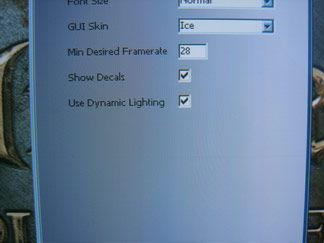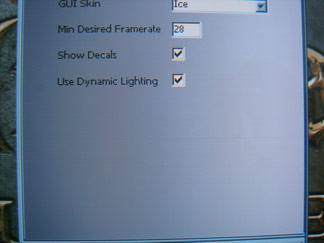To be fair, all the cards of that era only (initially) had their own proprietry APIs so it was really a matter of how much effort the ISV (and/or IHV) put in.
Well that's clear. The thing is, (AFAIK) Glide was the first API with both the functionality needed for games back then AND easy to program for. I remember that PVR stuff offered better image quality, as well as Verite, but were not as easy to program and in case of Verite still very slow in comparison. Well, PVR had the disadvantage of using a different rendering approach, but that's another can of worms.
Heh, I remember discussions back then about which API is better/will survive and we were all so sure that OGL will prevail and Glide and D3D will have to go. Ahh, the old times...


